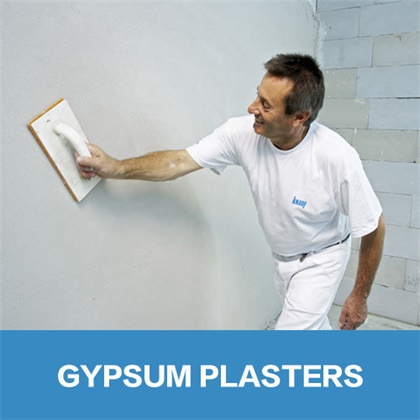Application of Cellulose Ether in Dry Mortar
In the dry mortar, cellulose ether plays the role of retaining water, thickening and improving construction performance. Good water retention performance ensures that the mortar will not be sanded, dusting and strength due to lack of water, cement hydration incompleted, thickening effect makes the structural strength of the wet mortar greatly enhanced. The good anti-sag ability of the tile adhesive is an example. The addition of cellulose ether can significantly improve the wet viscosity of the wet mortar, and has good adhesion to various substrates, thereby improving the performance of the upper wall of the wet mortar and reducing waste. In addition, the role of Hydroxypropyl Methylcellulose in different products is also different. For example, Hydroxypropyl Methylcellulose in tile adhesive can improve the opening time and adjust the time. The mechanical spray mortar can improve the structural strength of the wet mortar. In self-leveling, Hydroxypropyl Methylcellulose plays a role in preventing sedimentation and segregation. Therefore, Hydroxypropyl Methylcellulose is being widely used as an important additive in dry mortar, and the amount of Hydroxypropyl Methylcellulose used in different dry powder products is different. Different dry powder products have different requirements for cellulose ether. Therefore, professional Hydroxypropyl Methylcellulose manufacturers will modify Hydroxypropyl Methylcellulose of the same viscosity to meet different requirements. When choosing Hydroxypropyl Methylcellulose, different modification levels can be selected.
Sodium Carboxymethyl Cellulose as ionic cellulose ether, due to its poor stability to metal ions such as calcium, is rarely used in dry powder products that using cement, lime as gel materials, but in some interior wall putties in the south, due to modified starch as the main bonding material, Sodium Carboxymethyl Cellulose is also used as a thickener. Hydroxyethy Cellulose(HEC) is another nonionic cellulose ether that is also used in dry powder materials. However, its thickening effect in mortar is not as good as cellulose ether, and its share in dry powder products is small.

